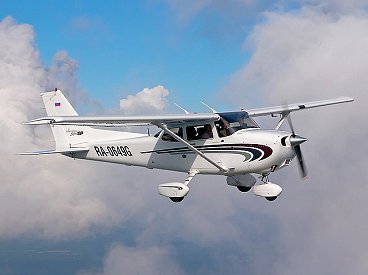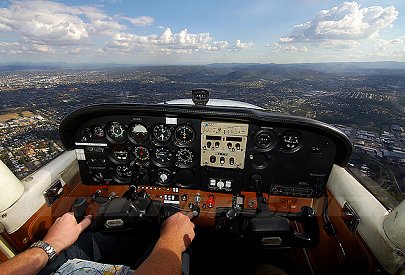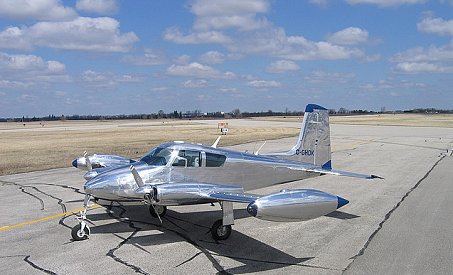
TOTAL FLIGHT TIME: 17,000 hrs
RATINGS: ATP, CFI (Airplane Single and Multiengine), CFII
TYPE RATINGS: MU-300, BE-300, BE-400, BE-1900, BE-2000, BE-2000S, CE-650, CE-750, LR-JET, LR-60
I have NOT flown airplanes with C, B, or F as part of their designation. All of my experience is GA.
I have been interested (obsessed is probably more accurate) in aviation since I was old enough to remember anything.
Over 40 years of my life has been spent working in the aviation industry.
My aviation career started in June of 1956 as a machine tool designer for The Boeing Airplane Company in Wichita, Kansas. My job was to design tools used to machine parts for the B-52G, the newest version of the "Stratofortress" at that time.
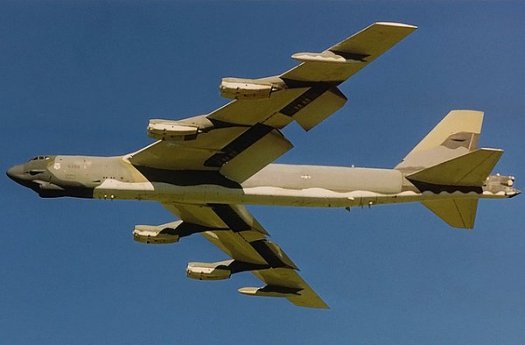
|
In September of 1958 I took a work leave and enlisted in the United States Air Force with the idea of becoming an airframe mechanic or jet engine mechanic so that I could learn more about what made airplanes work. The Air Force, of course, had other ideas. They spent a lot of time finding out what I knew the least about, and then made me an electronic technician. The needs of the Air Force come first, and all of that. As a result I spent four years and ten months in places like Rhein Main AFB, Frankfort Germany and Vandenberg AFB, California, being trained or being told, "Nice to have you here, please don't do anything." It was, however, an experience I couldn't have done without.
Upon my discharge from the Air Force in July of 1962, I returned to my former job at Boeing Wichita. The B-52G was completed and in service so they put me to work designing machine tools for the Saturn V booster which would be used in the upcoming Apollo moon program.
In late November of 1962 I was told I was being layed off along with, it seemed, half of the rest of the plant.
|
|
When I got to the personel department I was offered a job in the production machine shop. I was not in any mood to accept such a job until they offered me more money than I was making as a tool designer and besides, I figured, it is easier to find a job when you already have one. Well, I took this job as the operator of a precision grinding machine that was as big as a house! I knew absolutely nothing about such a huge complicated piece of machinery. I was young and learned fast in those days so it was fun, profitable, and it didn't last long.
In December of 1962 I went to work for a new aircraft company that had just moved to Wichita called Learjet Corporation. I worked for Learjet (I was employee number 56) as an engineering design draftsman working on the Learjet Model 23 until May of 1964 when I decided that I had all I wanted of Bill Lear. Bill Lear was, in my opinion, without exception for that time in my life, the most obnoxious individual I had ever met. Of all the people I have met since he is still in the top three. I don't understand how that man ever made a dime. According to the stories of the day the only thing Mr. Lear was a "...genius" at was stealing the ideas of someone else and convincing everybody they were his ideas. And that includes the Learjet.
As a sidebar, if you have ever visited to the National Air & Space Museum in Washington, D.C, you will notice that the Learjet Model 23 displayed there is serial number 2 (N802L). This is because the first airplane (N801L) crashed in a wheat field about a mile southeast of Wichita Mid-Continent Airport shortly after takeoff when the test pilot took off with the spoilers up. The airplane was completely destroyed after it caught fire.
|
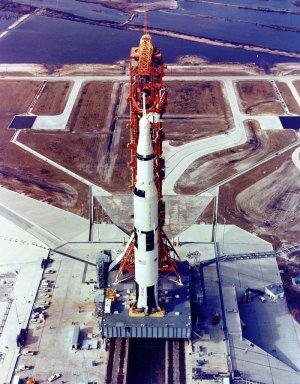
|
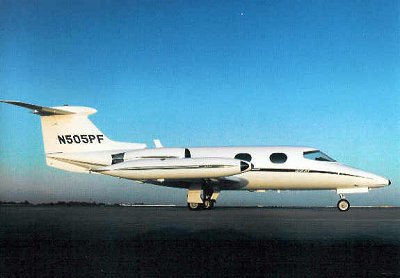
Thanks for your interest. I will continue to keep what has turned out to be my life story brief. After all, so far, I have covered a little over four years of my working life in six short paragraphs. I can only guarantee that this missive will get shorter the longer you read, and, that it will get more interesting. You don't need to read it all at once though, take a break once in a while and come back.
I left Learjet at about 9 or 10 in the morning and before noon was working for Cessna Aircraft Company at their new Wallace Division. There I worked in the engineering department as a design draftsman and later a design engineer on the A-37 Counter-Insurgency fighter plane. The A-37 was a T-37 trainer converted to a light weight fighter plane to be used in Vietnam. It had two GE J-85 turbojets. The military version of the same engine used on the Learjet. My assignment was primarily converting the fuel system of the T-37 to the higher capacity and flows of the A-37. The A-37 was also required to have 7.62mm "Minigun" for armament which I designed into the right-hand nose compartment.
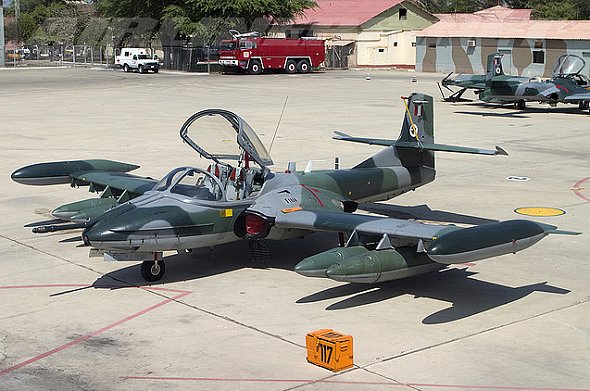
During my eight years at Cessna I also completed preliminary design work on the armament systems for a proposal to build a ground attack airplane that was later to become the A-10 Warthog built by Fairchild. The airplane proposed by Cessna for this concept was so outrageous that the people at Wright Field must still be laughing.
During my time on the A-37 project I was asked to write a report describing THE VULNERABILITIES OF THE A-37 FUEL SYSTEM. I had no active security clearance at the time. About the time this report reached the people at Wright-Patterson AFB, the "Men in Black" showed up, stamped the report "TOP SECRET" and consficated all of the background material used to write and illustrate it. You see, the Vietnam war was in progress at the time.
As a prerequisite for a position on the "A-10" project my previous "SECRET" clearance was renewed. The entire group working on this project was isolated in a far corner of the engineering department. Only project members could enter the area. There was a vault in this area that contained all of the classified materials we would need. As we needed these materials we had to check them out and sign for them. If we left our drafting tables, or the area, we had to first return the materials to the vault. If the powers found classified materials laying on your table unattended you could be dismissed from the project, or worse. You at least got a pretty good chewing out.
One of the first things I noticed on my list if classified materials was the report on the vulnerability of the A-37 fuel system. I went over to the guard at the vault and asked to check it out. He came back in a few minutes later and said that I could not see it because it was classified "TOP SECRET". I was only cleared for "SECRET". I said, "Do me a favor and go back in there and open up the front cover and see who wrote it." When he returned with an embarassed look on his face he had to say, "I know, but the rules are the rules. I can't give it to you."
(12-30-04)
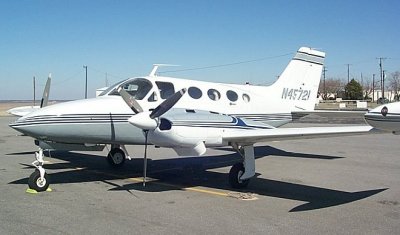
|
Designing the fuselage structural concept for the 421, Cessna's first production pressurized business airplane, was another of the projects to which I was assigned. This airplane used the same contours for the fuselage as those of the earlier 400 series airplanes which were unpressurized. To design a cabin to contain the required pressure using these contours required a lot of very heavy material. At this time Cessna had not built a pressurized fuselage before, or at least they acted they never built one before. The first fuselage we put together and sealed we threw away because it turned out so heavy because of all the sealant used.
The next project was the 330. For you Cessna history buffs a 330 was intended to be a cabin class 310 replacement. It was pressurized, and was to have had Lycoming engines, wet wings, and no tip tanks. In the mind of Cessna, at the time, the only engines that could possibly power a Cessna airplane were built by Continental Motors.
|
In addition, their entire marketing philosopy was based on the fact that, "When people see an airplane fly over they immediately know it's a Cessna because it has tip tanks." (Instant brand recognition, as it were!)
Needless to say the 330 was never to see the light of day. I don't recall that it ever flew. It was relegated to the "boneyard", and I moved on to another project.
The next assignment was the Fanjet 500 (later the CE-500) where I was assigned the design of the door system. I'm not going to go into a great deal of detail at this time, but I will say that I am one of the few who know why the doors on todays Citations are tapered top to bottom. I can say that I know because I spent 18 months of my life designing it that way. When the powers that be got in a hurry and decided to cheap out and make this design a swing open door, "Just like a refrigerator", was the same day that I asked to do something else. The rest is history. They made their door like they wanted it and I went to work on another project, the 340.
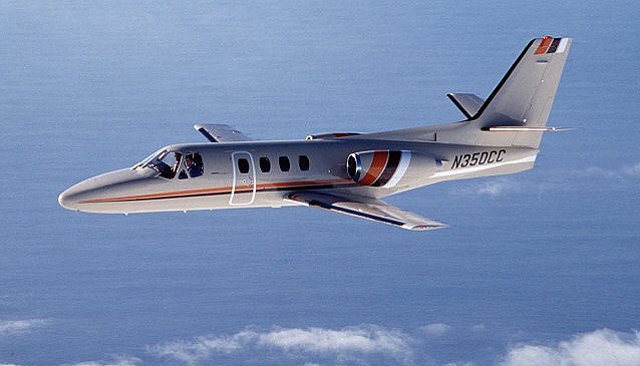
To "design" the Cessna 340 we resurrected the 330 fuselage from the boneyard, added Model 310 horizontal and vertical tail assemblies, and Model 414 wings including the landing gear and engines. The 330 fuselage had been in the boneyard for two or three years, and the other parts were ordered right off the production line. We then simply put them all together and called it a 340.
|
The main thing that didn't match up was the landing gear because the 330 fuselage was narrower than that of the 414. This was my task. I had to redesign all of the actuator tubes and make the system work just like a 414.
The first thing the project manager told the group before we started was that this process was so straight forward that, "...first flight will be one year from today." At that point the head of the experimental shop slammed his notebook closed and said, "I quit. You people insist on holding to these short schedules and some day somebody is going to get killed." One year later, to the day, the prototype flew for the first time. During that flight the airplane nosed over into an inverted flat spin, crashed, and killed the test pilot. It seems that somehow a bolt had either come out of the elevator trim tab actuator, it was never installed, or it was not secured properly. The trim tab locked all the way down which pulled the elevator all the way up.
|
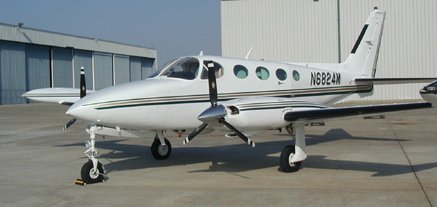
|
As it turned out, the most significant thing that I accomplished during my eight years at Cessna was that I learned how to fly. I did this through a combination of the Cessna Flying Club and the GI Bill, and when I left Cessna I had a Private, Commercial, Instrument, Flight Instructor Instrument, and Multiengine ratings.
I learned to fly in a Cessna 172 like the one shown below. I did my multi-engine training in the Cessna Model 310 C.
My intention when I learned to fly not because I wanted to take up flying as a profession, but because I thought being a pilot would would provide valuable insight that I could use in my chosen career as an aircraft design engineer. More about how I had to turn these accomplishments into yet another career later.
I am asked all the time by young people, "I want to be a professional pilot, how do I do it? How did you do it?" I asked those same questions once and if you keep reading you will find out how it happened for me.
You must live off of the desire to become a professional anything. You must never give up on your goal. You must be persistent, and be willing to pay the price to achieve your goal. You must be willing to make your goal your life.
Thanks for being persistent thus far.
In the latter part of 1969 I knew that hard times were about to hit the airplane industry but I kept thinking, "Gee, I have twelve years experience overall and eight years with Cessna, they won't get me." As I left the building that day I thought to myself, "It took that guy only ten minutes to wipe out twelve years of my life, there's got to be a better way to make a living!"
Go to Page two







